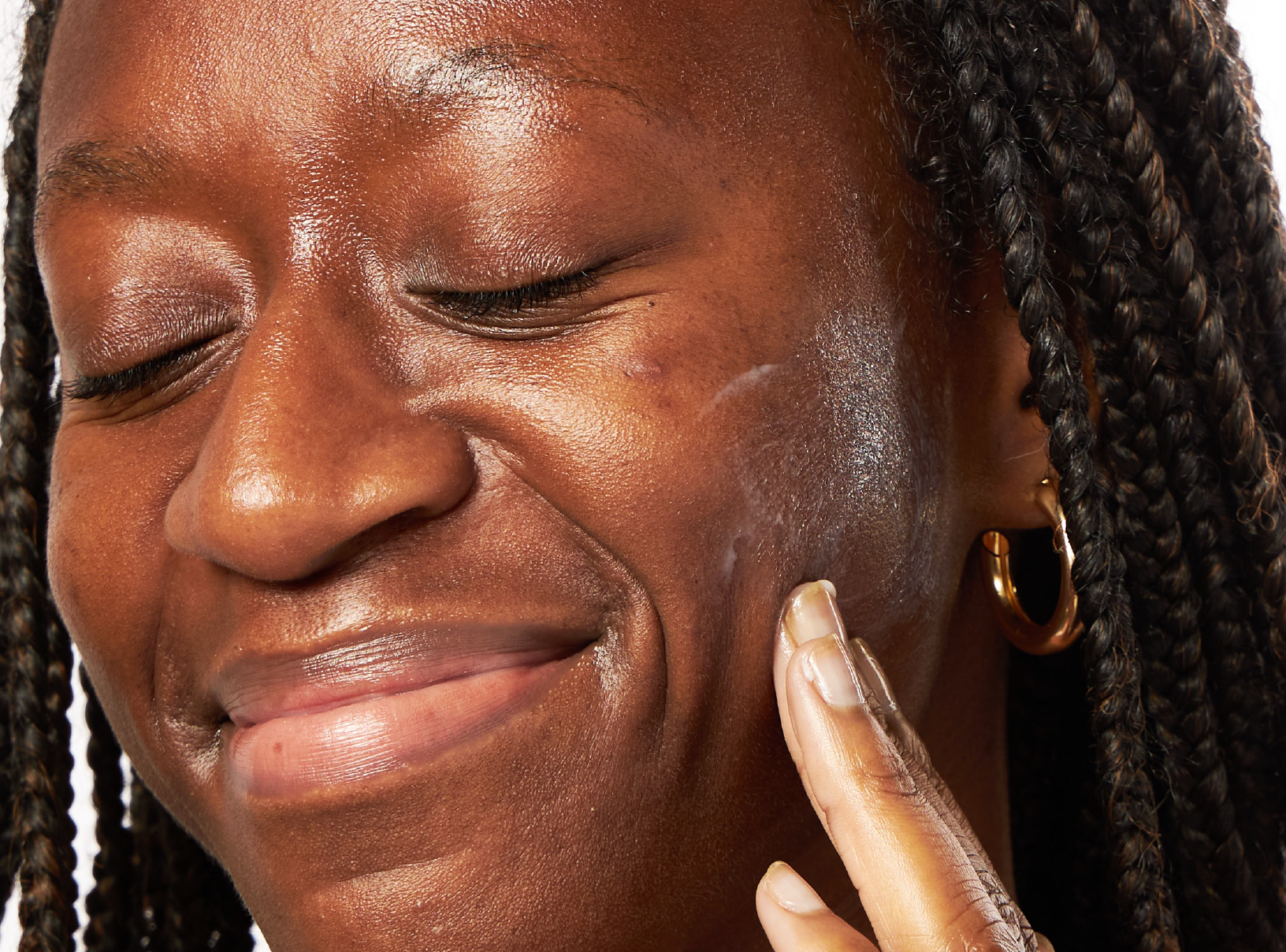Deep Dives
Do You Need to Follow these Skincare Routine Rules?


SHARE
Deep Dives
Do You Need to Follow these Skincare Routine Rules?
Medically reviewed by Aimee Paik, MD
Written by Annie Lam
Last updated 8/1/2024
If you’re an active member of skincare TikTok or Instagram, you probably know that there are a lot of different ways to do your skincare routine out there. Many people have thoughts about what products to use, how to apply them, and when to use them. With so many rules and guidelines, it can be confusing to figure out which ones are truly necessary. So today we’re going to break down five of the most popular skincare routine rules and if you really need to follow them.
1. You have to cleanse your face in the morning
One of the most controversial questions in the skincare industry is if you need to cleanse your face in the morning. Many people say that cleansing twice a day is crucial to keeping your skin clean and healthy. The providers on our platform typically recommend using a gentle cleanser morning and night to ensure you’re removing any excess dirt, oil, or residue from the skin. However, if you have very dry or sensitive skin, you might prefer skipping your morning cleanse to avoid further drying out your skin. It’s all about finding what works best for you and your skin.
2. You have to cleanse your face for at least 60 seconds
Another popular skincare rule is that you should be massaging in your cleanser for at least 60 seconds for a thorough cleanse. However, cleansing is arguably one of the most potentially damaging steps in your routine. Over-cleansing can lead to dryness, irritation, and a compromised skin barrier. While you should be thorough with your cleanse and ensure you are reaching all areas of the face, there’s no need to massage it in for a full 60 seconds. Using a gentle cleanser for about 30 seconds will give you a good cleanse without stripping the skin.
3. You can only apply your tretinoin before moisturizer
When using prescription tretinoin, many recommend applying it on dry skin after cleansing and before moisturizer. While this is the most effective way to apply your tretinoin, the providers on our platform also recommend alternative methods of application to help combat any dryness or irritation when starting out. You can mix your tretinoin into your moisturizer as a buffer, or you can use the “sandwich method”, where you apply one layer of moisturizer, then your tretinoin, and then another layer of moisturizer. These methods are a great option for dry or sensitive skin to help build up your tolerance for tretinoin.
4. You need to incorporate regular exfoliation for healthy skin
Many people and brands in the industry claim that regular exfoliation is key to healthy skin. However, the providers on our platform recommend keeping your routine simple and sticking with the essentials: cleanser, moisturizer, and SPF. Exfoliating acids are a nice to have, but not a necessity in your routine. If you already use retinoids like tretinoin in your routine, you likely won’t need to use exfoliators. Retinoids help to improve cell turnover, which leads to exfoliation anyways, so using an additional exfoliator isn’t really necessary and can lead to irritation. Sometimes simple is best!
5. You need to use products suitable for your skin type
Knowing your skin type and using products based on it is a great place to start, but it’s not the “end all be all” when it comes to picking products. You can get great results from other products as well! For example, when first starting out on retinoids like tretinoin, combination or oily skin types may prefer using a more hydrating or gentle cleanser that is typically recommended for dry skin. Since retinoids can increase dryness and irritation in the skin, using more hydrating products may be a better fit. We recommend listening to your skin and finding products that keep your skin well-balanced.
Overall, there are a lot of thoughts on how you should use your products, but the most important thing is taking note of how your skin feels and what works best for you and your skin. Skincare is very personal, so there are few rules you really need to follow in order to get healthy skin.
Shop this post

Tretinoin
Like what you just read? Sign up for our email list to get the scoop on skincare science delivered straight to your inbox.

Deep Dives
A dermatologist shares his thoughts on the recent studies about benzoyl peroxide and benzene.
Read More
Education
What is milia?
What is milia? Today, we’re jumping into one type of bump that you may have heard about most commonly in infants — milia.
Read More
Education
Best moisturizer for acne-prone skin
If you have combination acne-prone skin, figuring out which moisturizer is best for your skin might be tough. In this guide, we break down the best moisturizer for combination, acne-prone skin.
Read More
